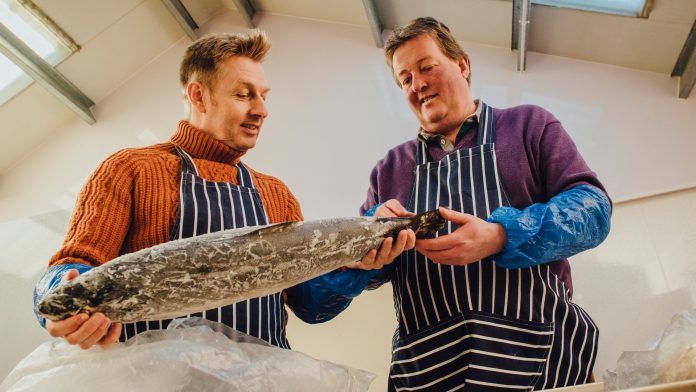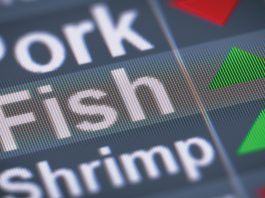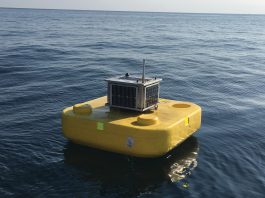An EU-funded project has developed a new method for estimating the biomass of farmed fish kept in net pens.
Reliable methods for estimating the biomass of fish in a cage remains a challenge in aquaculture. The most common approach involves taking on-site samples – a costly, time-consuming, and inaccurate method. More reliable methods are needed so that fish farmers can better manage their stock.
As part of the EU-funded PerformFISH project, researchers from SINTEF Ocean and the Hellenic Centre for Marine Research are contributing to the development of new methods for biomass estimation of farmed fish kept in net pens.
As Dr Walter Caharija, lead researcher from SINTEF Ocean, explains: “In the open water, echo-sounding technology is used to find shoals of fish. They might give some estimate of the size of a shoal, but it’s the location that’s more important. In aquaculture, fish farmers already know where their fish are located but it is important to know the density of fish in the cage. In a 3D marine environment, with hundreds of fish swimming in all directions, it is difficult to get a good head count!”
Repurposing echo-sounder technology
The methods developed by SINTEF and HCMR exploit echo-sounder technology. This technique relies on regularly transmitting an acoustic pulse and analysing the return signal after it has bounced off one or several targets. Time intervals between transmission and reception, as well as signal intensity, are analysed. This is a similar approach to the one used in sonar systems. The technology is already used as part of ‘fish finders’ for commercial or recreational fishing and is now being applied to aquaculture.
The researchers conducted experiments using two small test cages, each containing a known number of fish. They placed the cages at different distances from each other and from an echo-sounder, and then measured the echogram results produced from the interaction of the echo-sounder with the fish. By comparing these raw echogram results to the real fish density in the cages, the team can calibrate the tool so that it will provide a reliable estimate of fish density for fish farm managers.
Dr Caharija said: “We are making exciting progress and I am looking forward to developing this further. We are building a foundation from which we are learning how to utilise an echo-sounder to better estimate biomass in a production net pen. Together with HCMR, our partner from Greece, our next steps will involve further data analysis and refining our methods before we move to more concrete dissemination and exploitation plans.”









